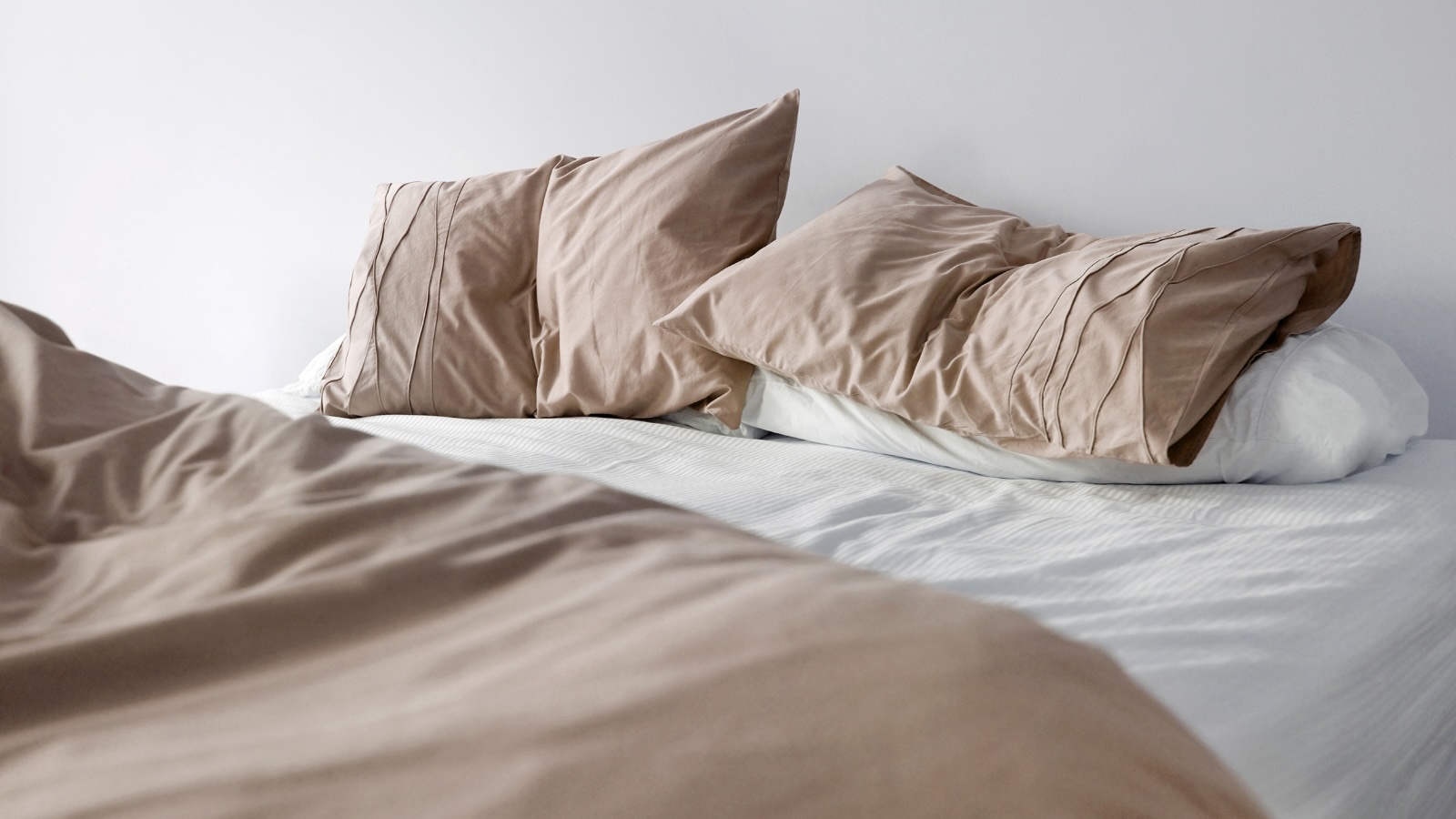

Articles
How Long Do Pillows Take To Dry
Modified: October 20, 2024
Discover how long it takes for pillows to dry in this informative article. Find out the best methods to ensure quick and efficient drying.
(Many of the links in this article redirect to a specific reviewed product. Your purchase of these products through affiliate links helps to generate commission for Storables.com, at no extra cost. Learn more)
Introduction
When it comes to washing pillows, drying them can be a delicate process. Pillows are an essential part of our bedding, providing us with comfort and support while we sleep. However, pillows also accumulate dirt, sweat, and oils over time, making it necessary to clean them regularly to maintain a hygienic sleeping environment.
While washing pillows may seem straightforward, many people struggle with the question of how long it takes for pillows to dry properly. The drying time can vary depending on several factors, including the material composition of the pillows and the drying methods used.
In this article, we will explore the important factors that affect the drying time of pillows, different methods to dry them, and some tips for faster drying. So, if you’re wondering how long it takes for pillows to dry and how to speed up the drying process, read on!
Key Takeaways:
- Understanding the material composition, external factors, and drying methods is crucial for effectively drying pillows. Air drying preserves pillow integrity, while machine drying offers a quicker solution for bulkier pillows.
- Incorporating tips like using towels, optimizing airflow, and taking advantage of low humidity can significantly reduce pillow drying time, ensuring fresh, clean, and comfortable pillows for a good night’s sleep.
Read more: How Long Does It Take For Brick To Dry
Factors Affecting Drying Time
Several factors can influence how long it takes for pillows to dry completely. Understanding these factors can help you estimate the drying time and adopt effective drying methods. Here are the key factors to consider:
- Material Composition: The type of material used in your pillows plays a significant role in drying time. Pillows made of natural fibers, such as cotton or down, tend to absorb more moisture and take longer to dry compared to synthetic materials like polyester. The density and thickness of the pillow fill also affect drying time.
- Size and Shape: Larger and thicker pillows will naturally take longer to dry than smaller ones. Similarly, pillows with complex shapes or multiple layers may trap moisture in different areas, prolonging the drying process.
- Initial Moisture Content: The amount of moisture present in the pillow before drying affects the overall drying time. Pillows that are heavily soaked or saturated will require more time to dry thoroughly.
- Ambient Humidity: The humidity levels in your surroundings can impact the drying time. High humidity slows down the evaporation process, making it more challenging for pillows to dry quickly.
- Air Circulation: Proper air circulation is crucial for efficient drying. Good airflow helps moisture evaporate faster and prevents the development of mold and mildew. Lack of ventilation can significantly increase the drying time.
- Drying Method: The method you choose to dry your pillows can also affect drying time. Air drying and machine drying have different drying durations and efficiency levels, which we will discuss in detail later.
Keep in mind that these factors can vary from one pillow to another, so the drying time may differ even within the same household. Understanding these factors will help you plan your pillow cleaning routine and select the most suitable drying method for efficient and timely drying.
Material Composition of Pillows
The material composition of pillows can significantly impact their drying time. Different pillow materials have varying absorbency levels and drying characteristics. Here are some common pillow materials and how they affect the drying process:
- Cotton: Cotton is a popular choice for pillow covers and fillings due to its breathability and comfort. However, cotton pillows can take longer to dry as cotton tends to absorb moisture easily. The thick layers of cotton filling can retain moisture, extending the drying time.
- Down and Feather: Down and feather pillows provide luxurious softness and support. While these pillows are cozy, they can be challenging to dry thoroughly. The fluffiness and density of down and feathers make them prone to clumping when wet, leading to prolonged drying times.
- Polyester: Pillows made of polyester fibers are lightweight, durable, and quick-drying. Polyester material does not absorb moisture as readily as natural fibers, allowing it to dry faster. These pillows are an excellent choice if you’re looking for pillows that dry quickly.
- Memory Foam: Memory foam pillows are known for their excellent support and ability to conform to the shape of the head and neck. However, drying memory foam pillows can be a time-consuming process. Due to their dense composition, memory foam pillows do not release moisture easily, making them slower to dry.
- Bamboo: Bamboo pillows offer natural breathability and moisture-wicking properties. The bamboo fibers are hypoallergenic and eco-friendly. Bamboo pillows can dry relatively quickly compared to cotton or down-filled pillows.
It is important to check the care instructions provided by the manufacturer for your specific pillow. These instructions will guide you on the recommended drying methods and precautions to take based on the pillow’s material composition.
Now that we have discussed the key factors affecting drying time and the different materials used in pillows, let’s move on to explore the various methods you can use to dry your pillows effectively.
External Factors
While the material composition of pillows and their size play a crucial role in drying time, there are also external factors that can impact the drying process. These external factors should be considered to ensure optimal drying conditions. Here are some external factors to keep in mind:
- Ambient Temperature: The temperature of the environment can affect how quickly pillows dry. Higher temperatures facilitate faster evaporation, leading to shorter drying times. If possible, choose a warm and well-ventilated area for drying your pillows.
- Ambient Humidity: As mentioned earlier, the humidity levels in the environment can significantly impact drying time. High humidity slows down evaporation, making it more difficult for moisture to escape from the pillows. If the air is humid, consider using a dehumidifier or placing the pillows in an area with better airflow.
- Sunlight: Direct sunlight can be a helpful ally in the drying process. The warmth and UV rays from the sun can aid in drying pillows faster. However, excessive exposure to sunlight can also cause fading or damage to certain pillow materials, so be cautious and avoid prolonged exposure.
- Air Circulation: Good airflow is essential for efficient drying. Ensure proper ventilation by opening windows or using fans to promote air circulation in the drying area. This will help to prevent the accumulation of moisture and aid in faster evaporation.
- Indoor vs. Outdoor Drying: The choice of whether to dry pillows indoors or outdoors can also impact drying time. Outdoor drying allows for exposure to sunlight and natural airflow, which can expedite the drying process. However, indoor drying may be more suitable during inclement weather or if you are concerned about potential dust or pollen exposure.
By taking these external factors into consideration, you can create an optimal drying environment for your pillows and ensure they dry thoroughly and efficiently.
Now that we have discussed the factors affecting drying time and the external factors to consider, let’s delve into the different methods you can use to dry your pillows.
Pillow Drying Methods
Now that you understand the factors that influence drying time and the external conditions to consider, let’s explore the different methods you can use to dry your pillows. The two main methods are air drying and machine drying.
Read more: How Long Does It Take For A Driveway To Dry
Air Drying
Air drying is a natural and gentle method for drying pillows, especially for those made of delicate materials. Here’s how you can air dry your pillows:
- Remove the pillow covers and pillowcases, if applicable.
- Fluff the pillows to ensure even distribution of the filling.
- Find a well-ventilated area, like a clothesline or drying rack, where you can hang the pillows.
- Place the pillows in an upright position or lay them flat on the drying surface.
- Rotate the pillows occasionally to ensure all sides dry evenly.
- Allow the pillows to air dry completely, which may take several hours to a day or more, depending on the factors mentioned earlier.
- Before using the pillows again, make sure they are completely dry to avoid the risk of mildew or mold growth.
Machine Drying
Machine drying is a more convenient and faster option for drying pillows, particularly if you are dealing with bulkier or thicker pillows. However, not all pillows are suitable for machine drying, so always check the care label and manufacturer’s instructions. Here’s how to machine dry pillows:
- Ensure that your pillows are machine washable and safe to use in a dryer. Most synthetic-filled pillows and some down or feather pillows can be machine dried.
- Place the pillows in the dryer along with a couple of dryer balls or clean tennis balls. These balls help to prevent clumping and maintain the fluffiness of the pillows.
- Set the dryer to a low or medium heat setting to prevent excessive heat damage to the pillows.
- Allow the pillows to tumble dry until they are completely dry. This may take multiple cycles, so be patient and check the pillows regularly.
- Once the pillows are dry, remove them from the dryer and give them a gentle fluff to restore their shape and loft.
Remember, not all pillows can withstand machine drying, especially those made of delicate or heat-sensitive materials. Always refer to the care label or manufacturer’s instructions for specific guidance.
Now that you know the different drying methods, let’s explore some tips to help you speed up the drying process.
Air Drying
Air drying is a natural and gentle method for drying pillows, especially for those made of delicate materials. Here’s how you can air dry your pillows:
- Remove the pillow covers and pillowcases: Start by removing any removable covers or pillowcases from the pillows. These can be washed separately following their specific care instructions.
- Fluff the pillows: Before hanging or laying the pillows to dry, give them a good fluff. This will help distribute the filling evenly and prevent clumping as they dry.
- Find a well-ventilated area: Look for a suitable location with good airflow, such as a clothesline, drying rack, or an outdoor space. Ensure that the area is clean and free from dust or debris.
- Choose the right position: Depending on the type of pillow, you can either hang them vertically or lay them flat on the drying surface. Hanging the pillows using clothespins or pegs can help air circulate more effectively.
- Rotate the pillows: Throughout the drying process, consider rotating the pillows occasionally to ensure all sides are exposed to the air. This will help them dry more evenly and prevent any moisture from being trapped.
- Allow ample drying time: Air drying pillows may take several hours to a day or more, depending on various factors like humidity, material composition, and size. Be patient and allow the pillows to dry completely before using them again.
- Check for complete dryness: Before putting the covers or pillowcases back on, make sure the pillows are completely dry. Moisture retention can lead to unpleasant odors or even mold growth. Squeeze the pillows gently and ensure they feel completely dry to the touch.
Air drying is a gentle method that preserves the integrity of the pillow’s material, especially for items that are not suitable for machine drying. However, it’s important to note that air drying can take longer than machine drying, so plan accordingly and allow ample drying time.
Now that you’re familiar with air drying pillows, let’s move on to explore machine drying, an alternative method for faster drying.
To speed up the drying process for pillows, use a low heat setting in the dryer and add a couple of clean tennis balls to help fluff and aerate the pillows. This can help reduce drying time and ensure the pillows dry evenly.
Machine Drying
Machine drying is a convenient and efficient method for drying pillows, especially for bulkier or thicker ones. However, it’s essential to check the care label and manufacturer’s instructions to ensure your pillows are safe for machine drying. Here’s how you can machine dry your pillows:
- Check for machine washability: First and foremost, make sure your pillows are machine washable. Some pillows, particularly those with delicate or heat-sensitive materials, may not be suitable for machine drying.
- Prepare the pillows: Before placing them in the dryer, remove any removable covers or pillowcases. These can be washed separately following their specific care instructions.
- Add dryer balls or clean tennis balls: To prevent clumping and maintain the fluffiness of the pillows, add a couple of dryer balls or clean tennis balls to the dryer along with the pillows. These balls help to separate the filling, allowing for better airflow and faster drying.
- Set the dryer to a low or medium heat: Using excessive heat can damage certain pillow materials, so opt for a low or medium heat setting on your dryer. High heat may cause shrinking, melting, or deformity in some cases.
- Monitor the drying process: Start the drying cycle and monitor the pillows periodically. Depending on the size and type of pillows, it may take multiple cycles to dry them fully. Regularly check their progress to prevent over-drying or potential heat damage.
- Fluff and reshape: Once the pillows are dry, remove them from the dryer and give them a gentle fluff. This will help restore their shape and loft, ensuring they are ready to use again.
Machine drying is a quick and efficient method that can significantly reduce drying time compared to air drying. However, it’s crucial to follow the care instructions provided by the manufacturer to avoid damaging the pillows.
Remember, not all pillows are suitable for machine drying, especially those with delicate or heat-sensitive materials. Always refer to the care label or manufacturer’s instructions for specific guidance on drying methods.
Now that you know how to machine dry your pillows, let’s move on to some useful tips to help speed up the drying process.
Read more: How Long Does It Take A Toothbrush To Dry
Tips for Faster Drying
If you’re looking to speed up the drying process for your pillows, here are some helpful tips to consider:
- Use a towel: Place a clean and absorbent towel in the dryer along with the pillows. The towel will help absorb excess moisture and facilitate faster drying.
- Optimize airflow: Ensure there is good airflow around the drying area. Use fans, open windows, or position the pillows near vents to enhance air circulation.
- Shake and fluff: During the drying process, remove the pillows from the dryer periodically and shake them gently. This will help prevent clumping and redistribute the filling for more efficient drying.
- Separate pillows: If you’re drying multiple pillows, consider drying them individually or in smaller batches. This allows for better airflow and ensures thorough drying.
- Set a dry towel: Place a dry towel on top of the pillows while drying. The dry towel will help absorb moisture and speed up the drying process.
- Opt for low humidity: If possible, choose a day with low humidity for washing and drying pillows. Low humidity levels promote faster evaporation and quicker drying.
- Fluff and rotate: While your pillows are drying, take a moment to fluff and rotate them. This helps air reach different areas of the pillows, aiding in faster and more uniform drying.
- Consider natural sunlight: If weather permits, you can place your pillows in direct sunlight for a short period during the drying process. The sun’s warmth can assist in drying and sanitizing the pillows.
- Use a dehumidifier: If you’re air drying your pillows indoors, use a dehumidifier to reduce excess moisture in the air. This helps create a drier environment, facilitating faster drying.
By incorporating these tips into your pillow drying routine, you can significantly reduce the drying time and have fresh, clean pillows ready for use in no time.
Now that we’ve covered tips for faster drying, let’s wrap up our discussion.
Conclusion
Drying pillows effectively can be a delicate process that requires consideration of various factors and choosing the appropriate drying methods. Understanding the material composition of your pillows, external factors like temperature and humidity, and the different drying methods available are key to ensuring optimal drying results.
Air drying is a gentle and natural method that works well for most pillow types, especially those made of delicate or heat-sensitive materials. It may take longer than machine drying, but it helps preserve the integrity of the pillows.
Machine drying, on the other hand, offers a quicker and more convenient solution, especially for bulkier or thicker pillows. It’s important to check the care instructions to ensure your pillows are suitable for machine drying and adjust the settings accordingly to prevent damage.
To enhance the drying process, you can follow some useful tips like using towels, optimizing airflow, shaking and fluffing the pillows, separating them during drying, and taking advantage of low humidity and natural sunlight when possible.
Remember, each pillow is unique in terms of material composition and moisture levels, so drying times may vary. It’s crucial to ensure that your pillows are completely dry before using them to prevent any potential mold or mildew growth.
By taking these factors and tips into consideration, you can effectively manage the drying process for your pillows, keeping them fresh, clean, and ready for a comfortable night’s sleep.
Now you have all the information you need to dry your pillows properly. So go ahead, wash those pillows and enjoy a good night’s sleep on freshly dried and fluffy pillows!
Frequently Asked Questions about How Long Do Pillows Take To Dry
Was this page helpful?
At Storables.com, we guarantee accurate and reliable information. Our content, validated by Expert Board Contributors, is crafted following stringent Editorial Policies. We're committed to providing you with well-researched, expert-backed insights for all your informational needs.
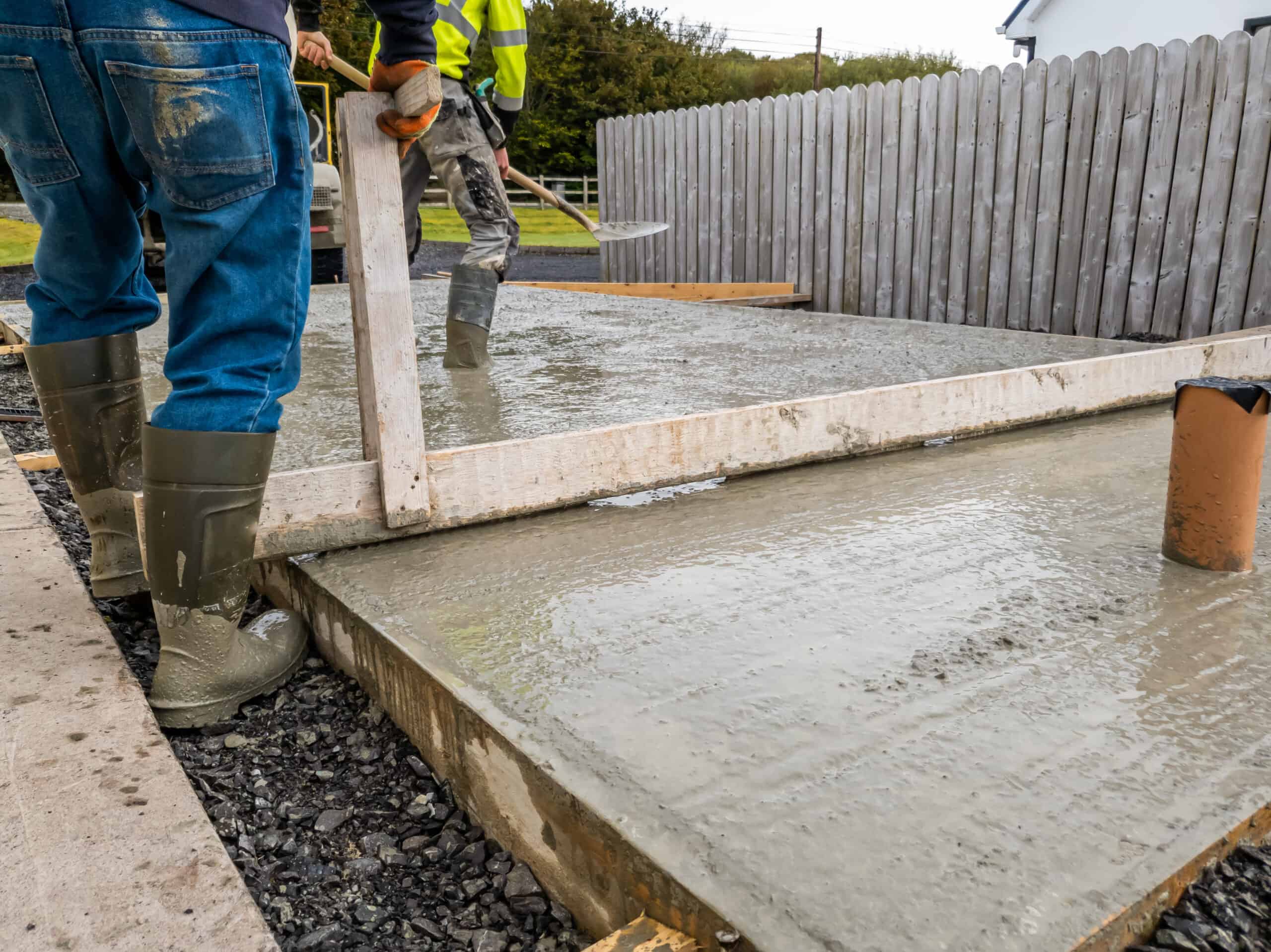
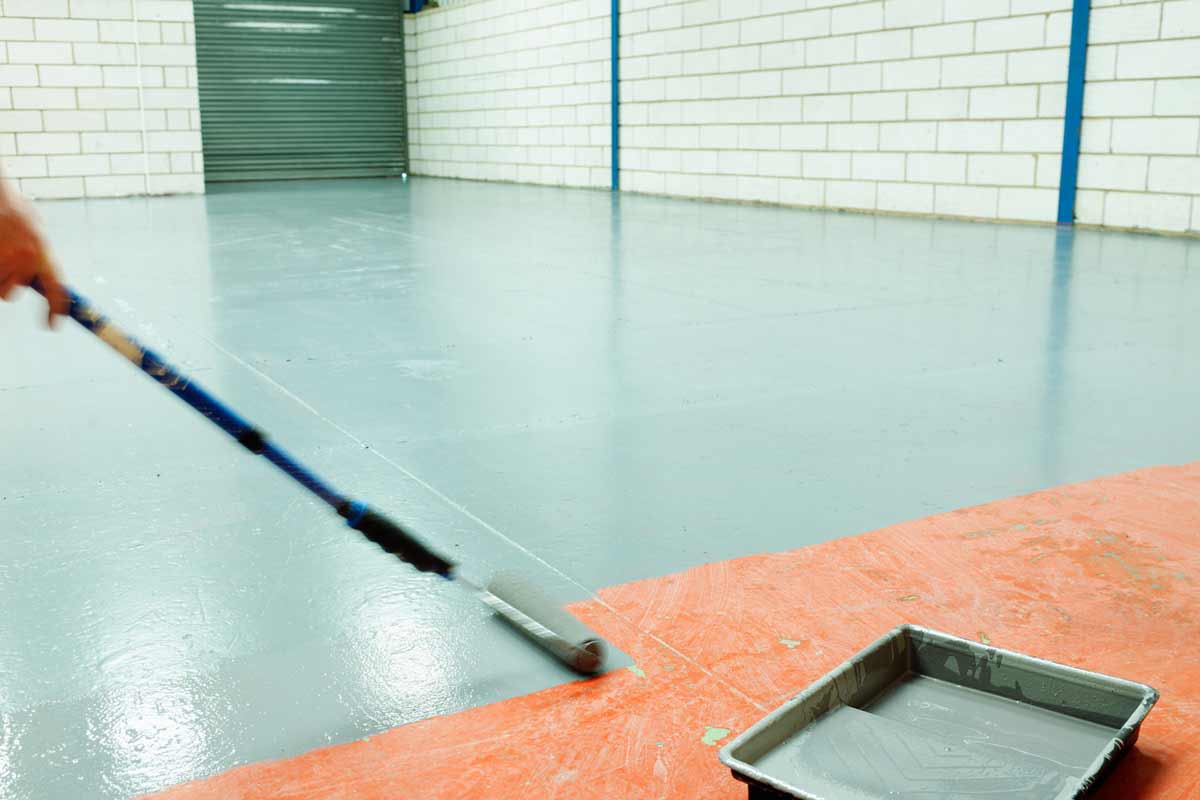
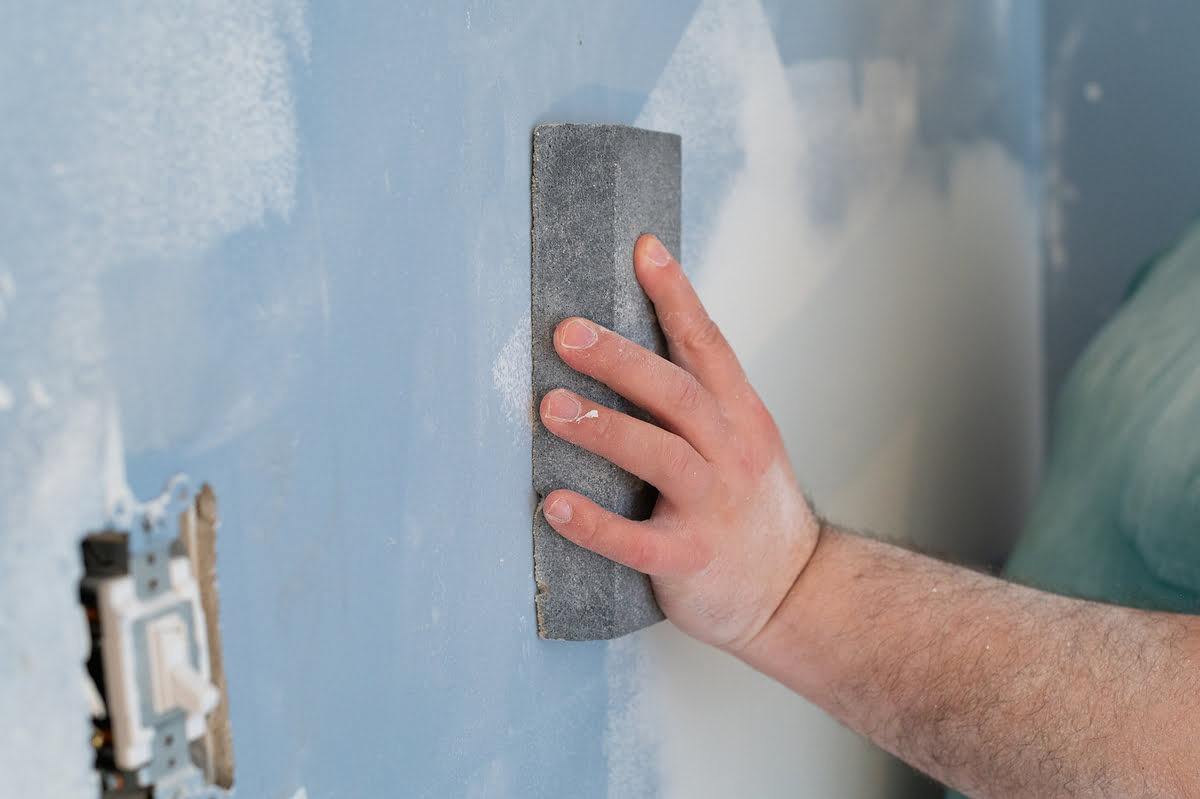
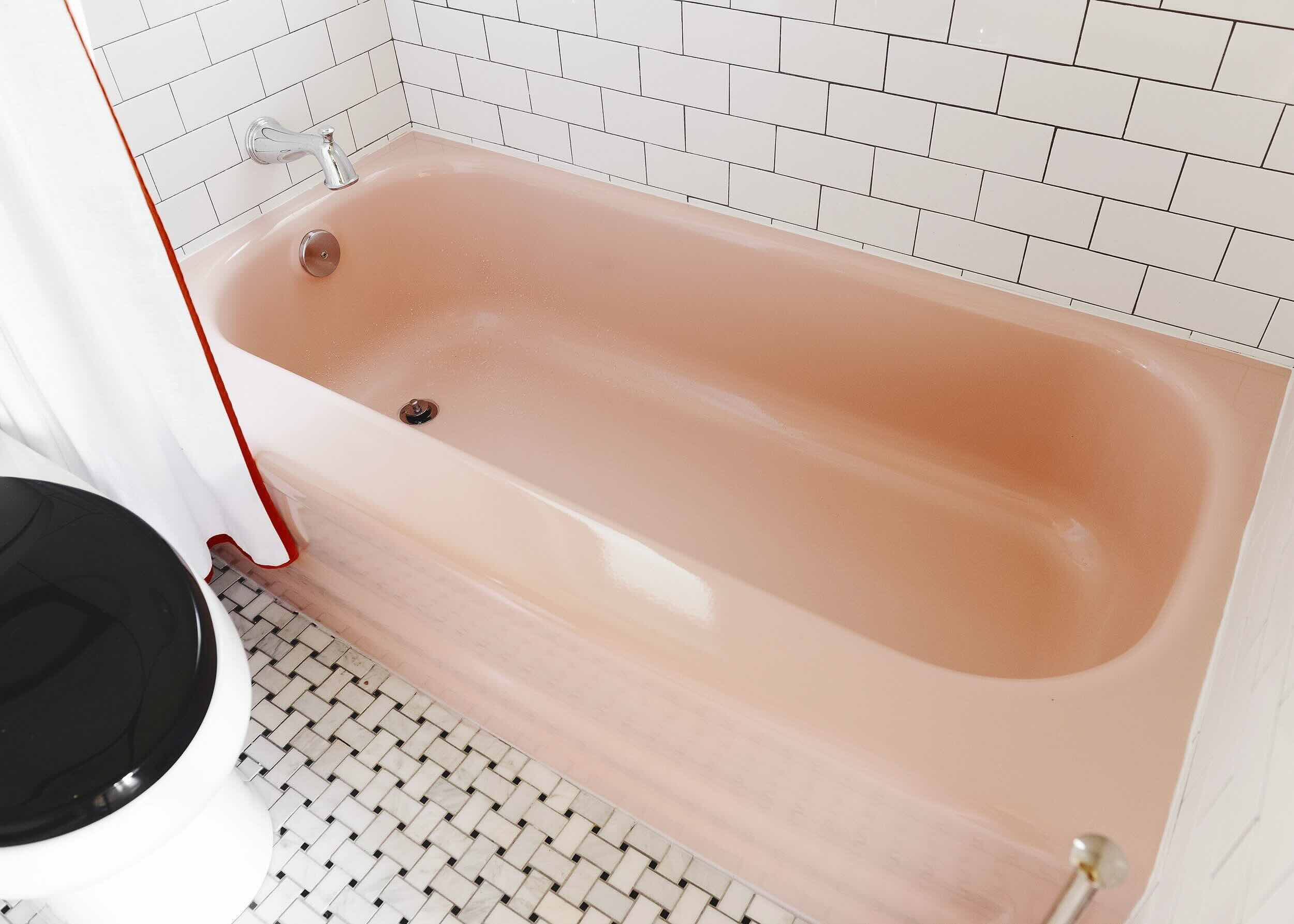
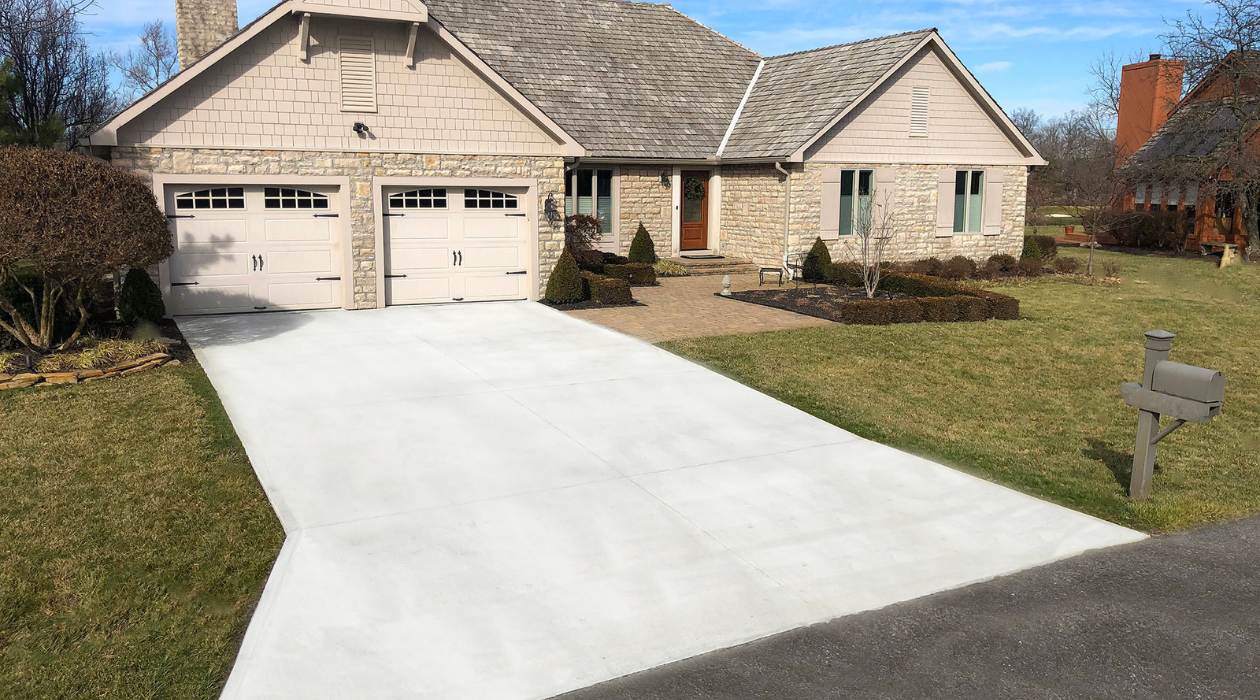
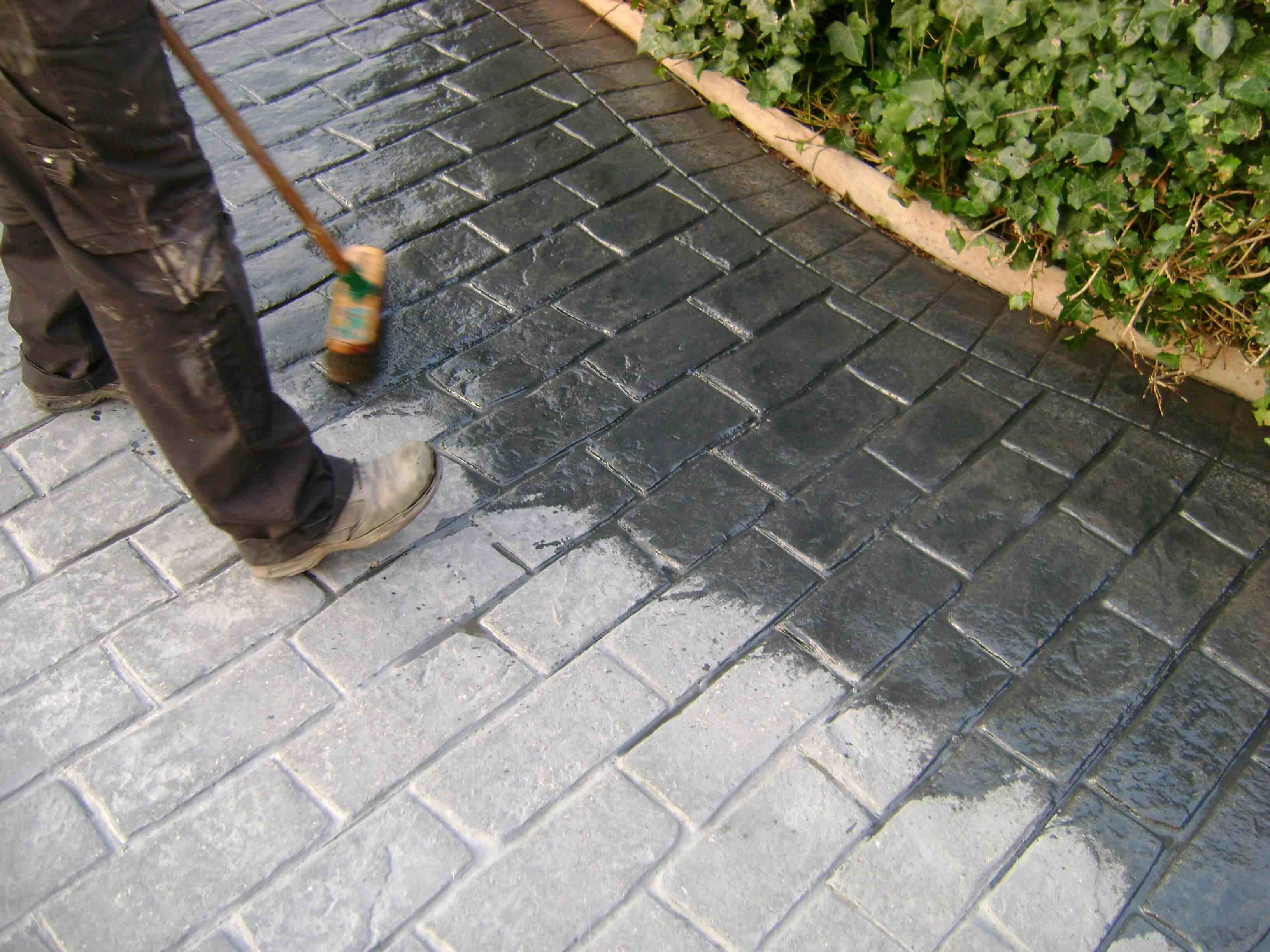
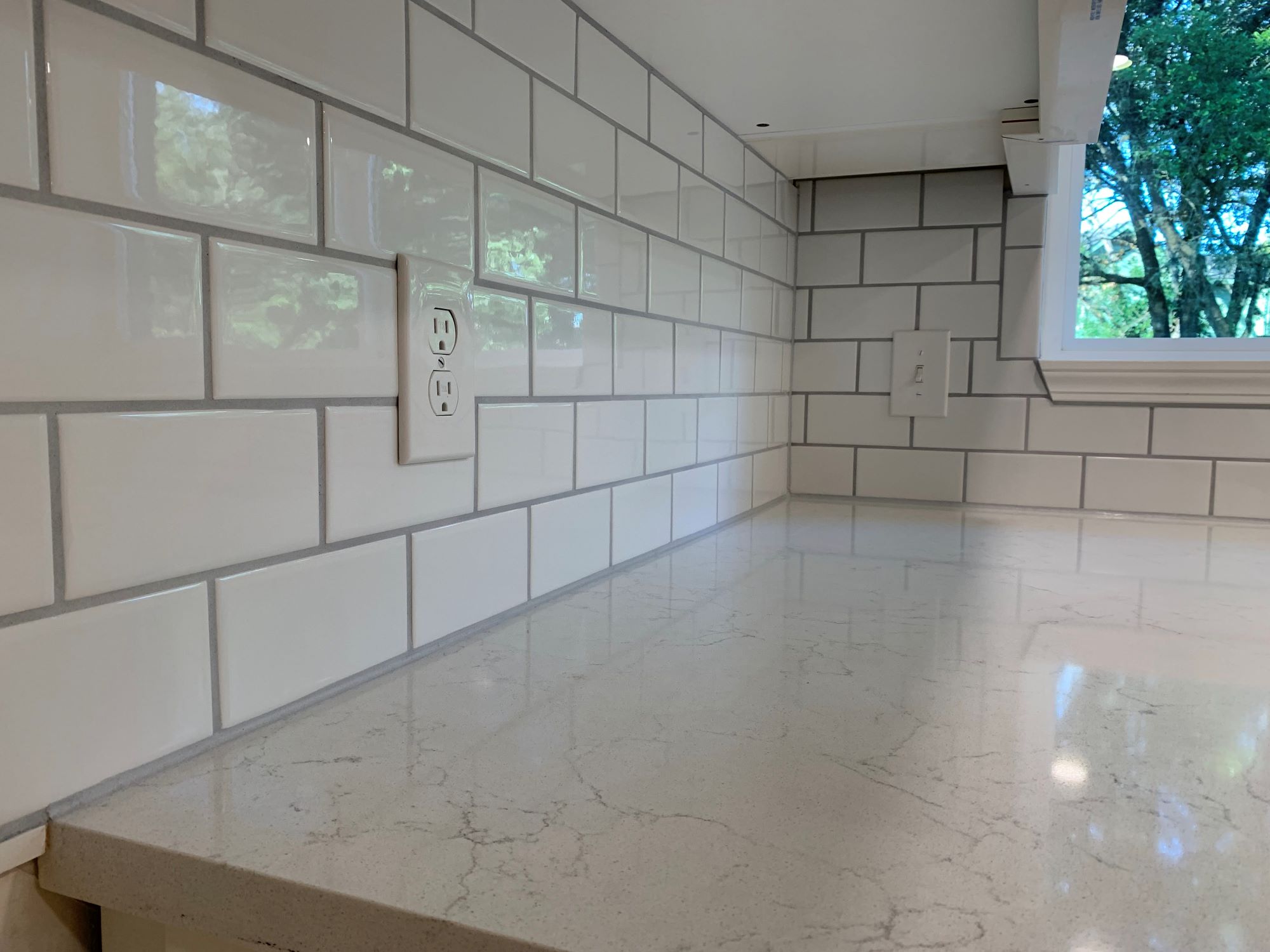
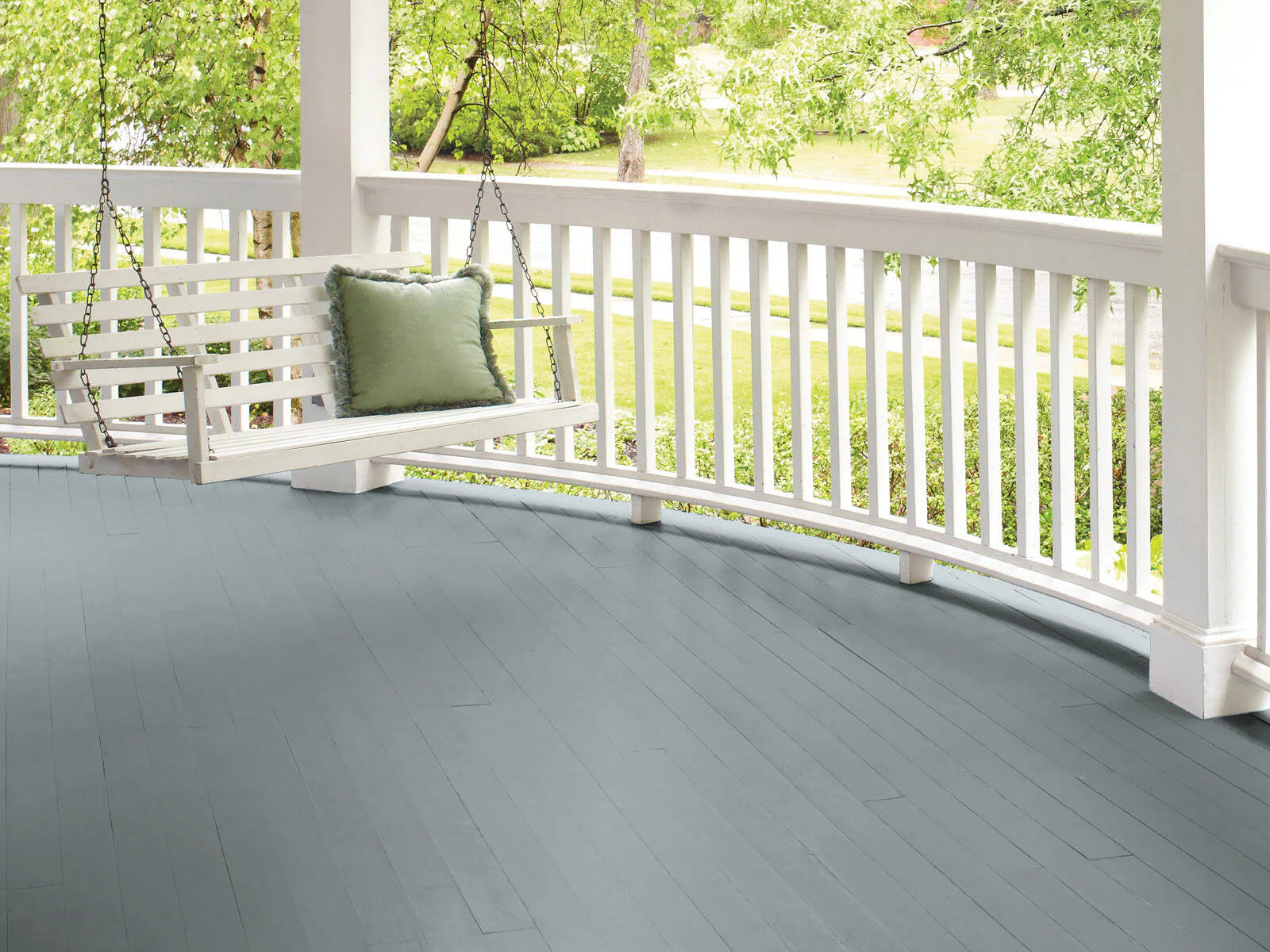

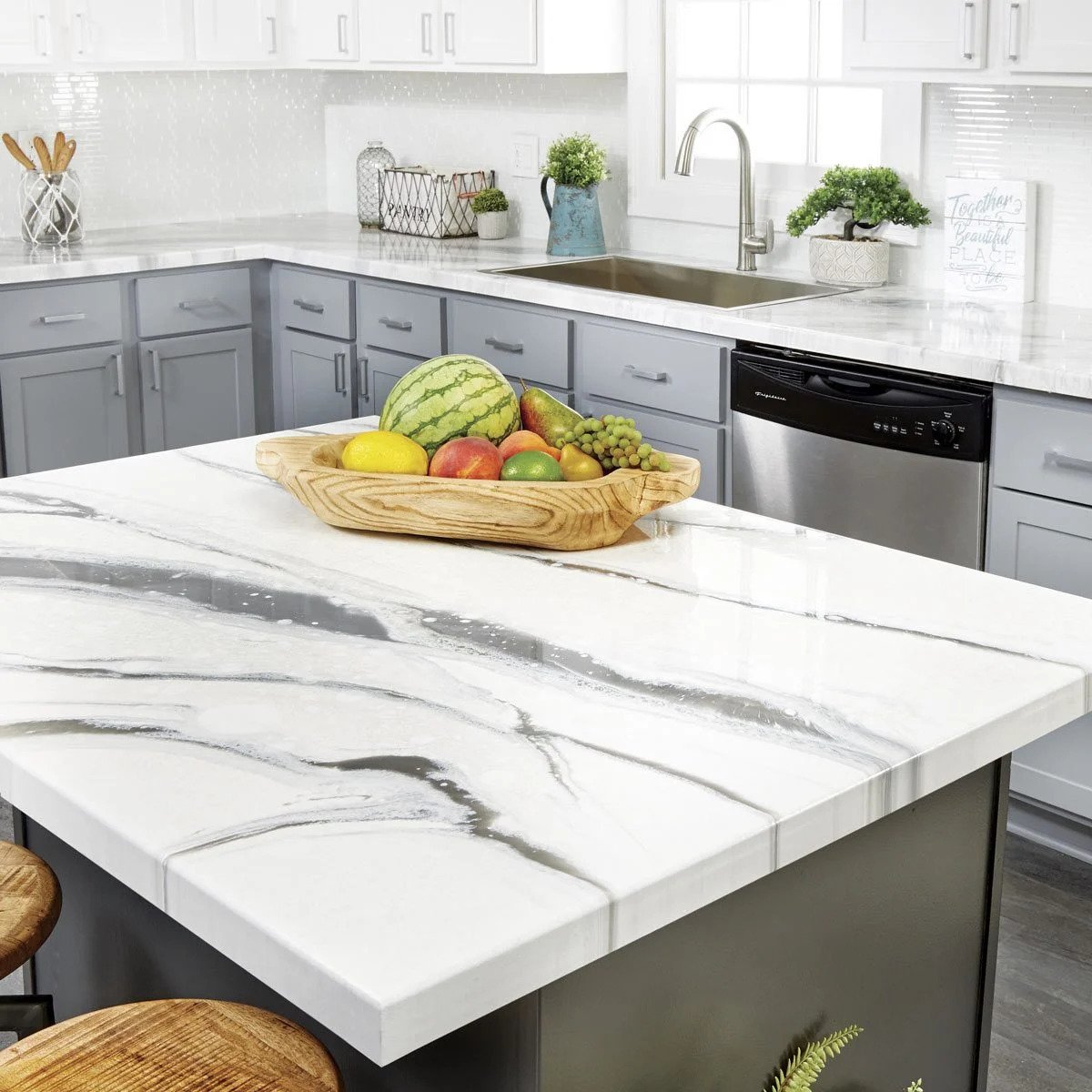
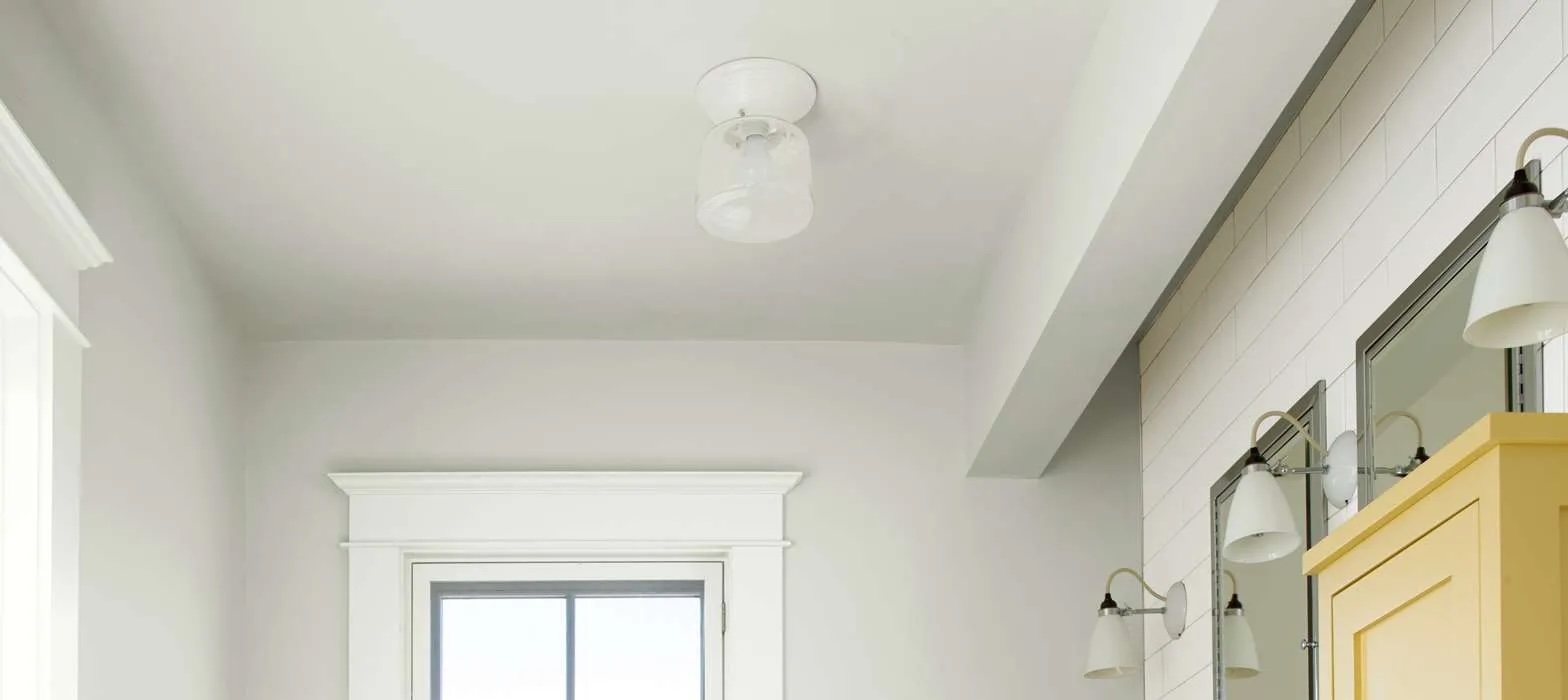
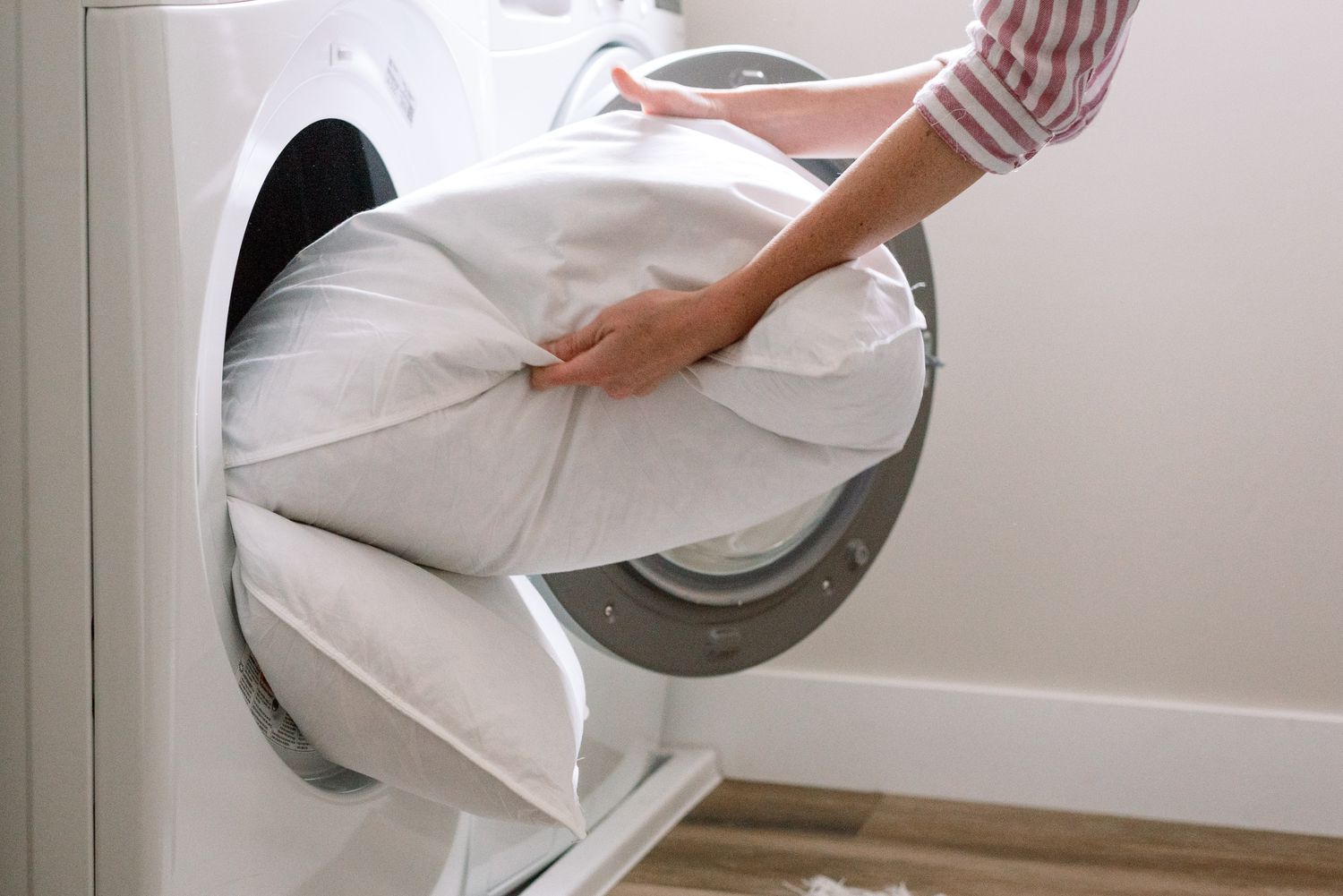
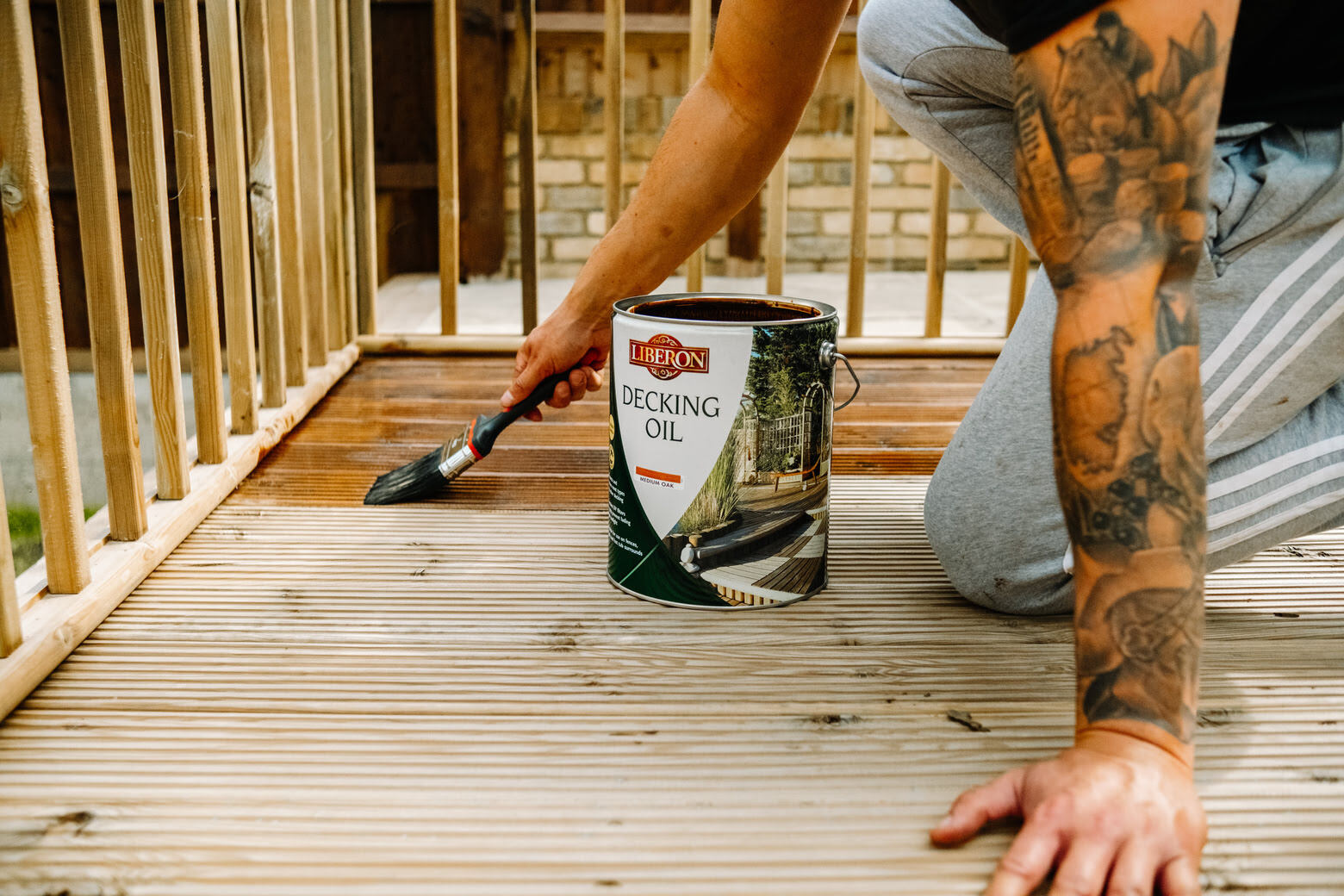

0 thoughts on “How Long Do Pillows Take To Dry”